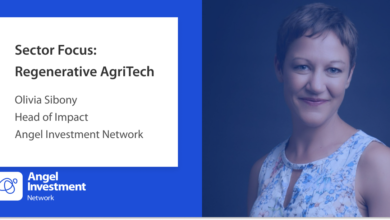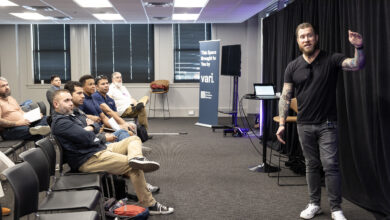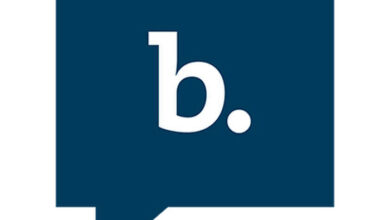Book Review: My Value Creation Journey

My Value Creation Journey: An Autobiography of My Work. Bartley J. Madden. 2023. Bartley J. Madden Foundation.
My Value Creation Journey, by Bartley J. Madden, is a unique book that consists of a memoir, a primer on systems thinking and knowledge creation, and a call to reform the medical care system. Madden, a retired managing director of Credit Suisse HOLT and author of the 2020 book Value Creation Principles, spent more than three decades in finance. His early research produced the cash flow return on investment metric (CFROI), which is widely used in money management. Madden has now moved into the philanthropic world at the Bartley J. Madden Foundation.
The book begins with Madden’s circuitous path to business and finance, which includes a degree in mechanical engineering, a brief foray into boxing, and a fortunate military deployment to Salt Lake City rather than Vietnam. After completing his military service, Madden earned an MBA from the University of California, Berkeley and began his finance career in 1969 in the investment research department at Continental Bank in Chicago. While there, he was introduced to a security analyst, Chuck Callard, with whom he would founded Callard, Madden & Associates six months later. The two of them went on to create the CFROI metric.
My Value Creation Journey’s core focus is Madden’s quest to better understand knowledge-building proficiency. According to Madden, the key to value creation is knowledge building. Throughout the book, Madden emphasizes the role of systems thinking and the knowledge-building loop, which he finds useful in formulating economic/business problems and developing solutions. Madden depicts the knowledge-building loop as a circular diagram that includes systems thinking, asking better questions, and language.
This approach allows the user to think creatively about a problem and formulate better solutions than those achieved through the more widely accepted linear thinking. Although language may seem like an odd part of knowledge building, Madden notes that language limits our perceptions. For example, he points out how the founders of Airbnb created a new industry by asking, “What is a hotel room?”

Much of the book is devoted to how CEOs can use systems thinking to improve the performance of their businesses. These concepts, however, apply to all areas of life and business. For those in the investment business, recognizing companies led by leaders who foster a knowledge-building culture, such as Ken Iverson of Nucor, may be rewarded with market-beating returns.
To illustrate the importance of CFROI, Madden reformulates the traditional life-cycle graph by linking the cost of capital to CFROI. The cycle begins with high innovation as the firm successfully commercializes its product and its economic returns exceed the cost of capital. Competitive fade occurs when competitors attempt to replicate or improve on the originator’s innovation. How quickly the competitive fade begins depends on the innovator’s competitive advantage. Firms then move to the mature stage, where they merely earn the cost of capital. Finally, business failure occurs when the firm can no longer earn the cost of capital. This pattern is inevitable unless management recognizes this pattern and seeks to reinvent itself.
To illustrate these concepts, Madden presents several case studies of firms that extricated themselves from years of mature growth to enjoy value-enhancing returns. First, he presents a brief history of John Deere, the farm equipment maker, from 1960 to 2018. The company, which was founded in 1837 by blacksmith John Deere, spent some four decades, from 1960 to 2000, in the mature phase, with CFROI indicating that it was simply earning the cost of capital.
Under the leadership of Robert Lane from 2000 to 2009 and Samuel Allen from 2010 to 2019, Deere embraced the digital world and transformed itself from a product-centric business focused on the firm’s products to a platform-centric business that helps farmers increase yield and reduce costs. These changes have allowed shareholders to enjoy a 20-fold increase in their stock price since 2000.
Another case study examines Cummins, which designs, distributes, manufactures, and services diesel, electric, and hybrid powertrains and related components. From 1997 to 2003, Cummins was losing market share in the diesel engine market. In 2000, however, when Tim Solso became CEO, he successfully improved productivity and increased R&D expenditure. These changes allowed the firm to produce innovative diesel engines that met Environmental Protection Agency standards while maintaining fuel efficiency, giving the firm a competitive advantage over its peers.
During Solso’s time as CEO, Cummins outperformed the S&P 500 Index approximately 10-fold. Madden points out that the naysayers believe Cummins will be overtaken by electric truck manufacturers, such as Tesla. He points out, however, that this conclusion springs from a flaw in linear thinking. Electric vehicles may be more environmentally friendly than diesel vehicles, but this ignores the environmental costs of electric generation, battery manufacturing, and the production of solar panels.
One area where Madden hopes to use his knowledge-building approach to benefit society is reforming the Food and Drug Administration (FDA). Researchers at the Madden Center for Value Creation at Florida Atlantic University pursue many topics, including revising the FDA’s procedures. Madden has used his book Free to Choose Medicine: Better Drugs at Lower Cost and several articles to promote some of these ideas.
He provides a detailed approach by which the FDA could change its procedures to allow potentially life-saving drugs to be administered to terminally ill patients. This would not be just a means of providing compassionate care. It would also facilitate collection of valuable information that might allow new drugs to receive full FDA approval sooner and provide a greater understanding of who would benefit most from the treatments.
In summary, Madden has produced a book that challenges business leaders to think outside the box systematically. It is not a “how-to” book that provides detailed recipes for success. Instead, it provides a framework for thinking through difficult problems. Business leaders and investment professionals who can apply some of the concepts to their decision making will likely be rewarded. As the world continues to change, Madden’s insights into systems thinking and knowledge building make My Value Creation Journey a journey worth taking.





